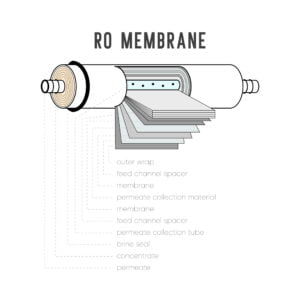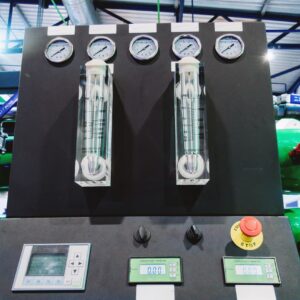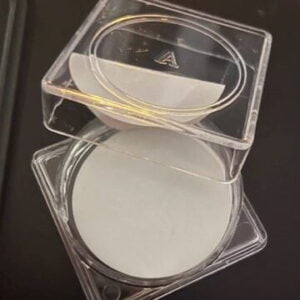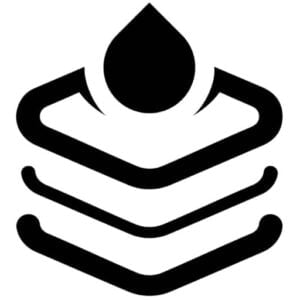I was asked this question in person today by a water treatment plant operator in South Wales.
It stands for Strong Acid Cation
Ion exchange resins can be classified into four main categories based on the type of ionizable groups attached to the resin bead, these determine the functional capabilities of the resin, these are
Strong Acid Cation (SAC) & Weak Acid Cation (WAC)
Strong Base Anion (SBA) & Weak Base Anion (WBA)
A SAC resin (Strong Acid Cation resin) is an ion exchange resin with sulfonic acid groups attached to its beads. The resin is able to exchange positively charged ions, such as calcium, magnesium, and sodium, with hydrogen ions because of the presence of these sulfonic acid groups.
Water treatment applications commonly use SAC resins, particularly softening and demineralisation. When used in demineralisation applications, SAC resins remove almost all cations from the raw water, replacing them with hydrogen ions





